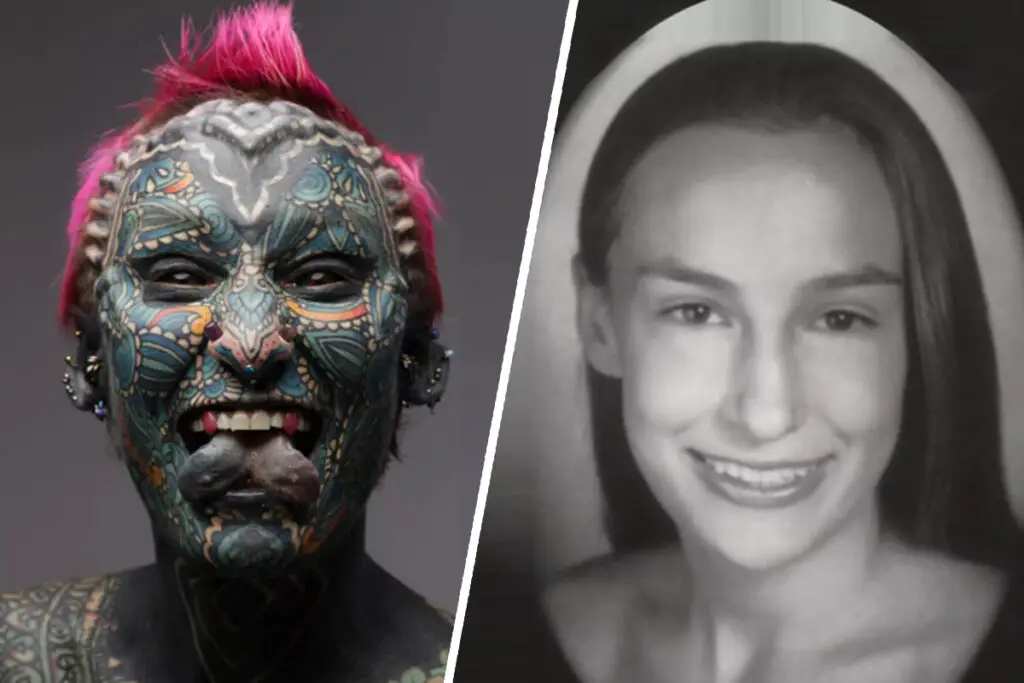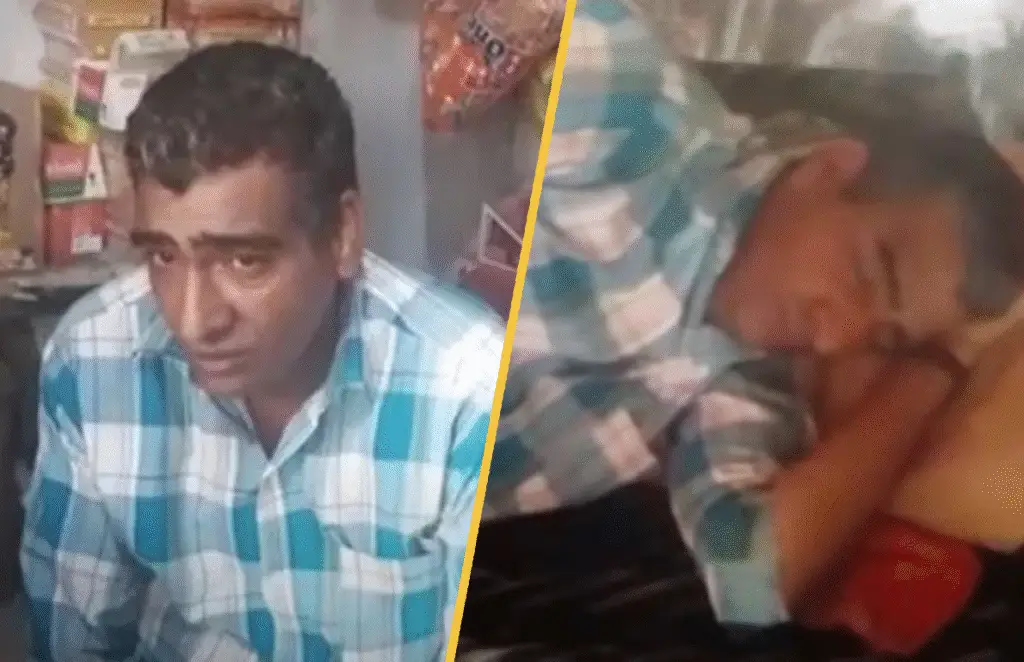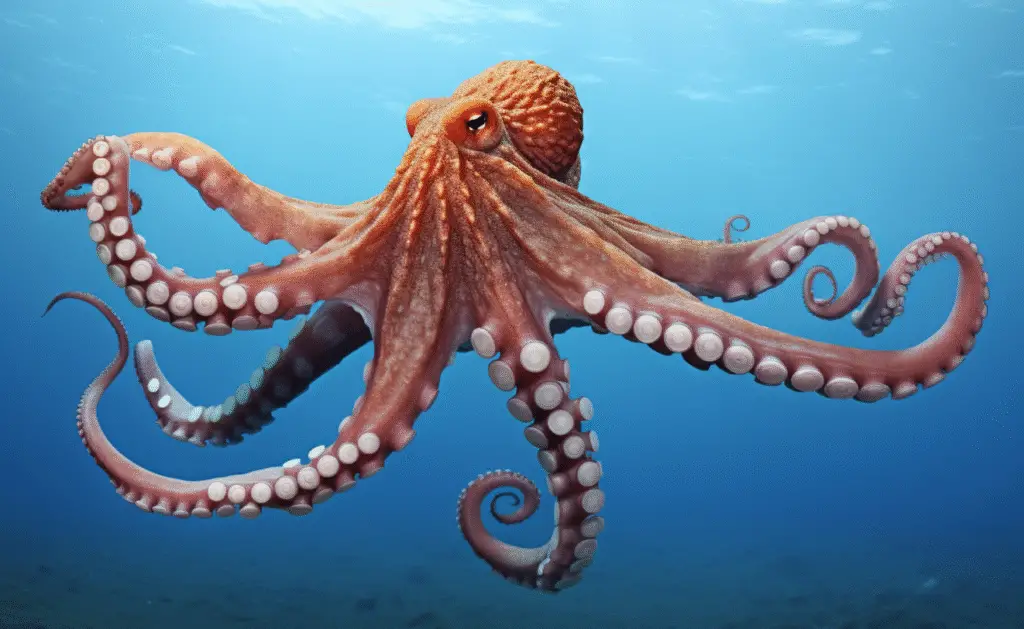Hong Kong’s AI Lab Unveils Color-Changing Fabric to Tackle Fashion Waste

Picture this: You’re getting ready for a night out, staring at your closet, wishing your go-to black shirt could match the vibe of the evening.
What if, with a quick gesture, it could turn vibrant red or cool blue? That’s not a fantasy—it’s the latest breakthrough from the Laboratory for Artificial Intelligence in Design (AiDLab) in Hong Kong.
Their color-changing fabric, powered by artificial intelligence, is making waves as a potential solution to one of the fashion industry’s biggest problems: waste.
This isn’t just about looking stylish; it’s about rethinking how we consume clothes and giving the planet a much-needed break.
How the Magic Happens

So, how does this fabric work its magic? It’s a clever mix of high-tech and traditional textile craftsmanship.
The fabric is knitted using polymeric optical fibers (POFs), which are essentially tiny light-carrying threads made from polymethyl methacrylate—a recyclable material commonly used in medical and automotive industries.
These fibers are woven with standard textile yarns, creating a fabric that’s soft and comfortable, feeling just like your favorite knitted sweater.
“The hand-feel is just like any ordinary knitted fabric,” says Professor Jeanne Tan, who leads the research team at Hong Kong’s Polytechnic University’s School of Fashion and Textiles.
Embedded in the fabric is a tiny camera that works with AI algorithms to detect specific gestures.
Flash a thumbs-up, and the fabric shifts to a deep blue.
Make a heart sign, and it turns pink. An ‘OK’ gesture? That’s green.
If you’re not into hand signals, you can also control the colors through a smartphone app, where AI helps distinguish individual users’ preferences.
This versatility means one piece of clothing can serve multiple style purposes, reducing the need to buy new items for every trend.
| Feature | Details |
|---|---|
| Material | Polymeric optical fibers (POFs) and textile-based yarns |
| POF Composition | Polymethyl methacrylate, recyclable |
| Texture | Soft, similar to ordinary knitted fabric |
| Color Activation | Gestures (thumbs-up: blue, heart: pink, OK: green) or smartphone app |
| Recycling | Easy separation of POFs from yarns for recycling |
| Current Status | Displayed in Hong Kong shopping malls, not yet commercialized |
The Fashion Industry’s Waste Problem
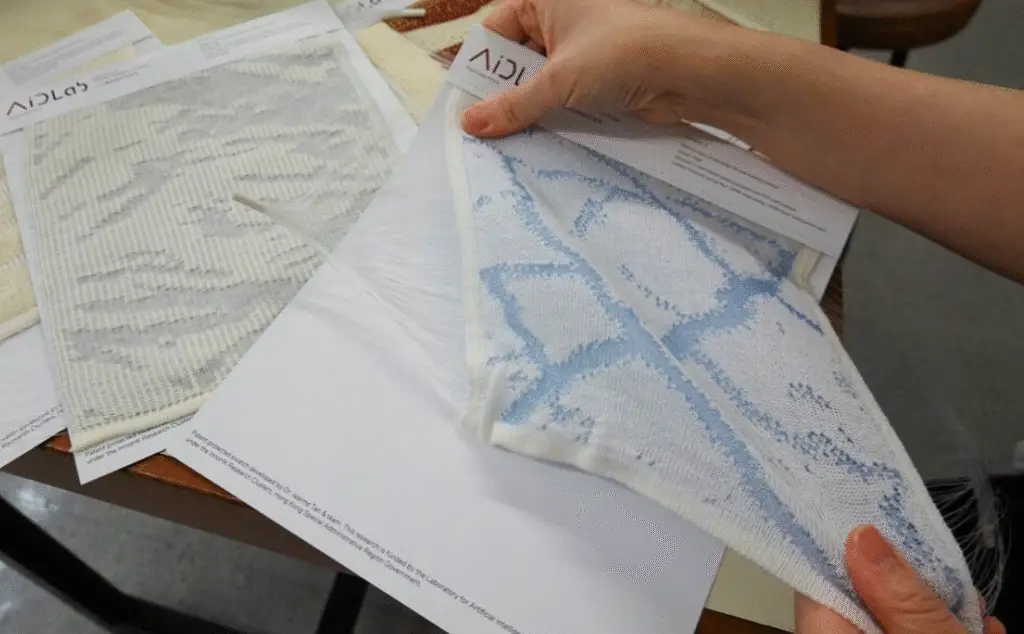
Let’s talk about why this matters. The fashion industry is a heavyweight when it comes to environmental damage.
According to the Environmental Protection Agency, the U.S. alone generates 11.3 million tons of textile waste each year—that’s about 81.5 pounds per person.
Globally, the industry accounts for nearly 10% of carbon emissions, more than international flights and maritime shipping combined, as reported by the World Resources Institute.
Producing a single cotton shirt requires 2,700 liters of water, enough to sustain one person’s drinking needs for over two years.
And then there’s fast fashion, which churns out cheap, trendy clothes that are often worn just a few times before being tossed.
Synthetic fabrics like polyester, which dominate fast fashion, can take over 200 years to decompose in landfills.
Dyeing processes are another culprit, contributing to 20% of global water pollution, according to Earth.org.
The throwaway culture has worsened over time—people now wear clothes only seven to ten times on average before discarding them, a 35% drop in usage compared to 15 years ago.
This cycle of overconsumption is unsustainable, and it’s why innovations like AiDLab’s fabric are so exciting.
A Step Toward Sustainability
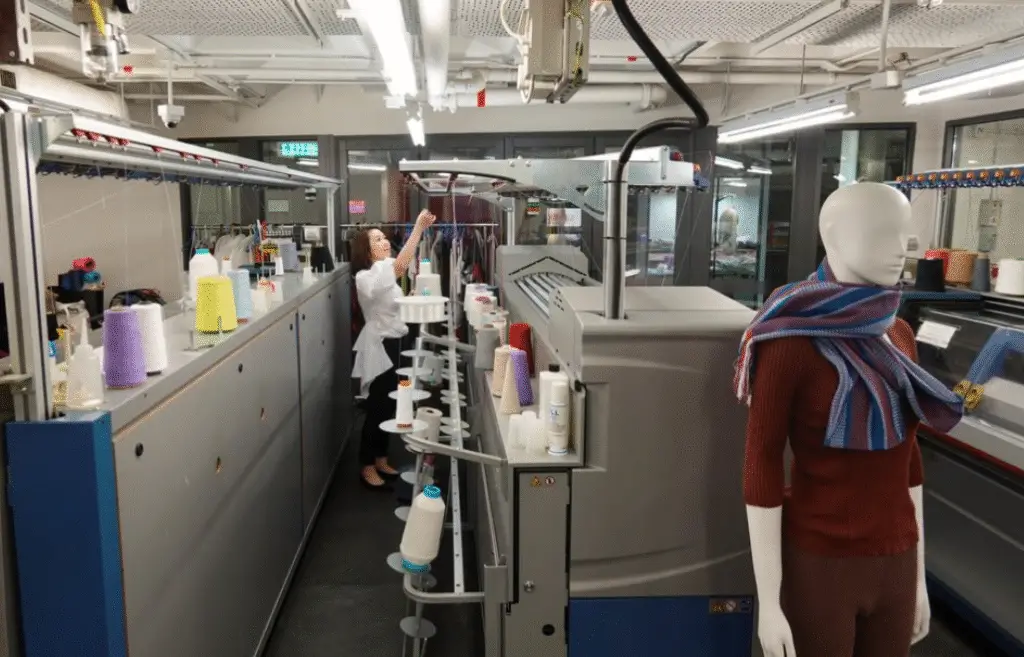
The color-changing fabric could be a game-changer by reducing the need for new clothing purchases.
If you can change the color of your shirt or dress to match the latest trend or your mood, you’re less likely to toss it out.
“This technology could extend the lifespan of garments, which is critical for a circular fashion economy,” says sustainability expert Dr. Emily Chen.
By keeping clothes in use longer, it cuts down on the resources needed for production and the waste that ends up in landfills.
The fabric’s recyclability is another big win.
The POFs are made from recyclable materials, and the textile’s structure allows for easy separation of fibers during recycling.
This addresses a major issue in textile recycling, where mixed materials often make the process complex and costly.
“It’s a step toward making fashion not just stylish but also environmentally responsible,” says fashion designer Mia Lee, who sees the technology as a way to blend creativity with sustainability.
Beyond Clothing: A Broader Impact
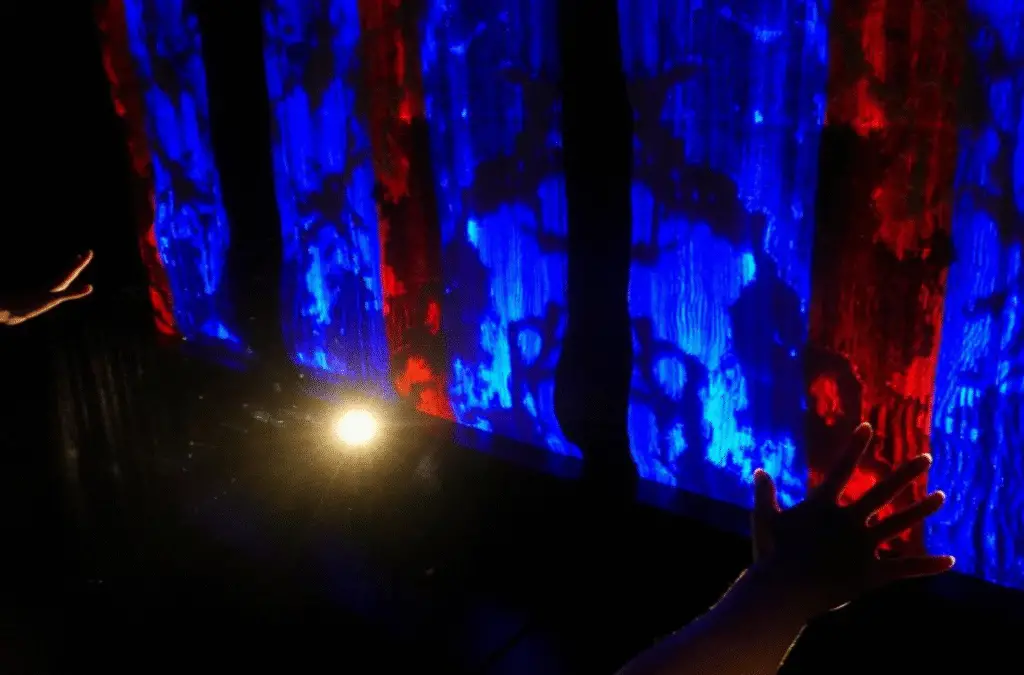
While the focus is on fashion, the potential applications of this technology go beyond your wardrobe.
Imagine curtains that change color to match your decor or car interiors that adapt to your mood.
However, the immediate goal is to tackle clothing waste, and the implications are huge.
If consumers embrace this technology, it could reduce the demand for fast fashion, lower carbon emissions, and decrease the water and chemical pollution caused by textile production.
Other innovations in sustainable fashion are also gaining traction.
For example, brands like Ecoalf create textiles from recycled materials like fishing nets and plastic bottles, while researchers are exploring biodegradable fabrics and self-cleaning textiles.
AiDLab’s color-changing fabric fits into this broader movement toward a more eco-conscious fashion industry, where technology and sustainability go hand in hand.
Challenges and Future Prospects
The fabric is currently on display in Hong Kong shopping malls, giving the public a chance to see it in action.
But it’s not ready for your closet just yet. Professor Tan and her team are working toward commercialization, but there are hurdles to clear.
Producing the fabric at scale, keeping costs affordable, and ensuring it’s durable enough for everyday wear are all challenges.
“It’s a complex process, but the potential is enormous,” Tan says.
There’s also the question of consumer adoption.
Will people embrace gesture-controlled clothes, or will they stick to traditional shopping habits? The success of this technology depends on changing how we think about fashion—not as something disposable but as something adaptable and long-lasting.
A Vision for the Future
Imagine a world where your wardrobe is as dynamic as your personality.
You could start the day in a sleek black outfit for work, then switch to a vibrant purple for a night out, all without buying a single new item.
This technology could make fashion more personal, creative, and sustainable. It’s a reminder that innovation doesn’t have to come at the planet’s expense—it can actually help save it.
As the fashion industry grapples with its environmental impact, solutions like AiDLab’s color-changing fabric offer hope.
It’s not just about looking good; it’s about doing good. And in a world drowning in textile waste, that’s something worth celebrating.





